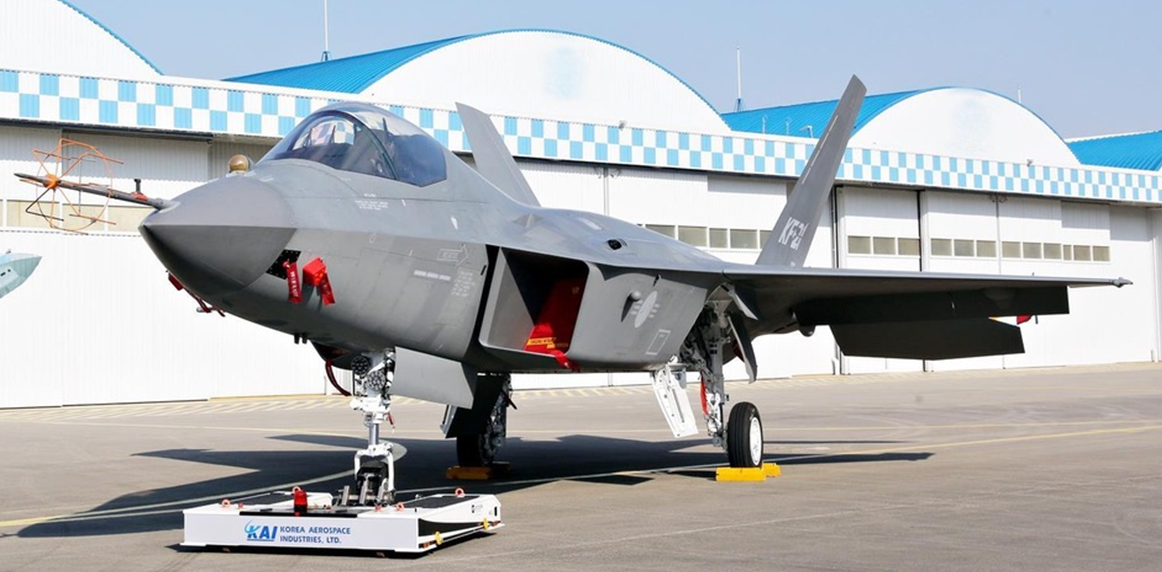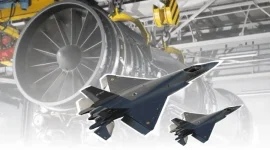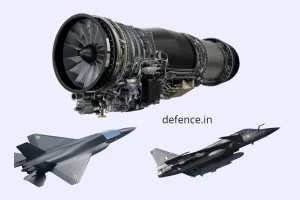- Views: 1K
- Replies: 14

South Korea took a major step towards bolstering its airpower capabilities as the country's Defense Acquisition Program Administration (DAPA) officially approved the production of its domestically developed, next-generation KF-21 Boramae fighter jet.
This decision marks a significant milestone for South Korea's ambition to become a leading player in the aerospace industry.
Cautious Start, Ambitious Goals
DAPA's production plan spans from 2024 to 2028 with an estimated cost of W7.9 trillion (roughly $5.8 billion). While the exact number of aircraft in this initial batch remains confidential, South Korean media suggests approximately 20 jets.This is a conservative start for Korea Aerospace Industries (KAI), the KF-21's manufacturer, who had pushed for a larger initial production run.
DAPA's cautious approach stems from the desire for further rigorous testing of the jet's advanced systems, notably the indigenously developed Active Electronically Scanned Array (AESA) radar and its air-to-air missile capabilities.
Such delays are not uncommon in the development of complex military technologies.
Big Plans Remain on Schedule
Despite the adjustment to the first batch's size, the Republic of Korea Air Force (ROKAF) and DAPA maintain confidence in the overall production timeline. The ROKAF anticipates receiving its first KF-21 jets in the second half of 2026.The long-term goal of deploying a fleet of 120 KF-21s by 2032 remains unchanged.
Leaping Forward
Powered by twin GE Aerospace F414 engines, the KF-21 promises a significant upgrade for the ROKAF. Designed to replace the service's aging fleet of F-4 Phantoms and F-5 Tiger IIs, the KF-21 will usher in a new era for South Korean airpower.This advanced fighter jet embodies the country's commitment to advanced defense capabilities and showcases the nation's growing role as a leader in aerospace technology.


